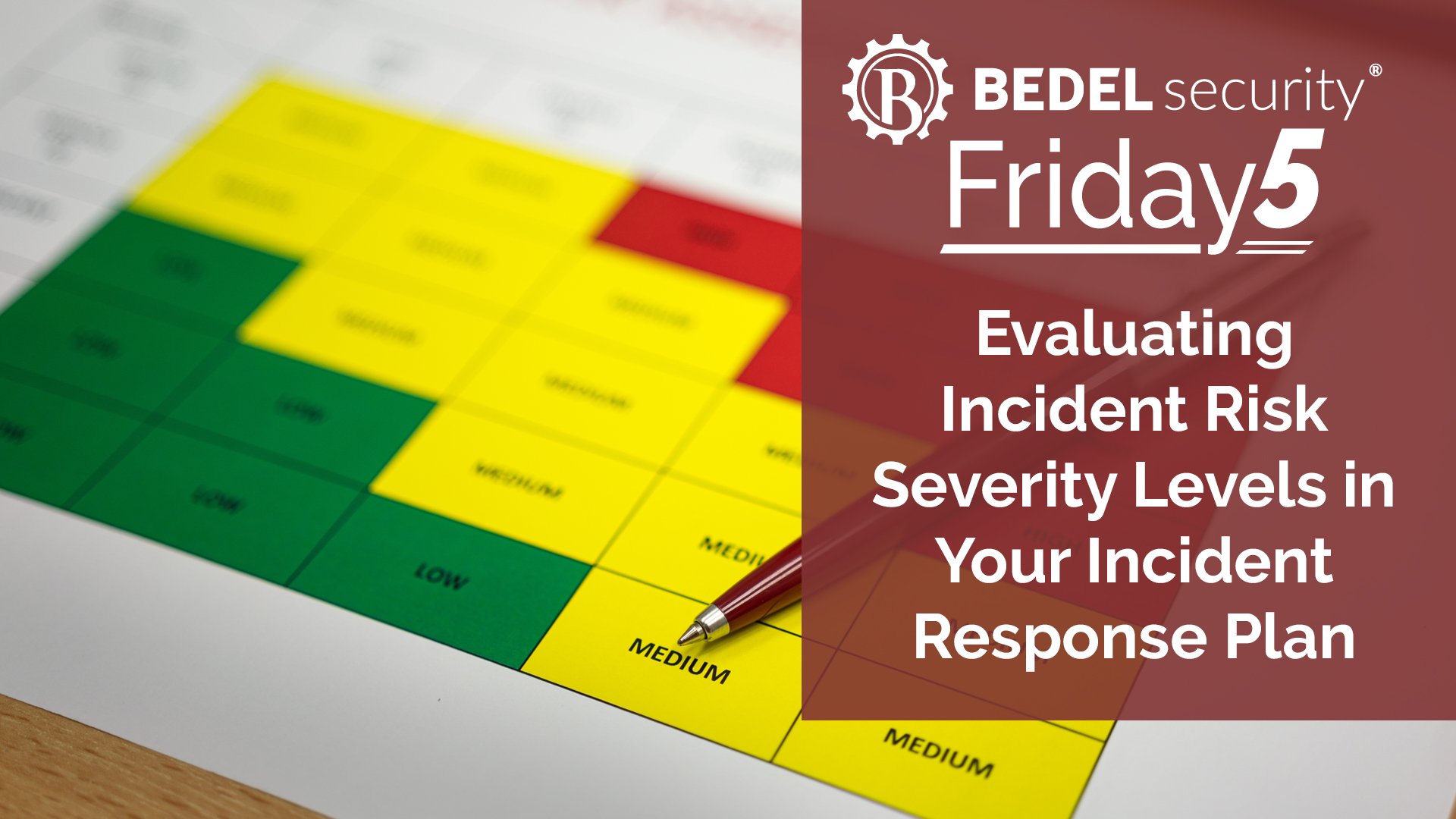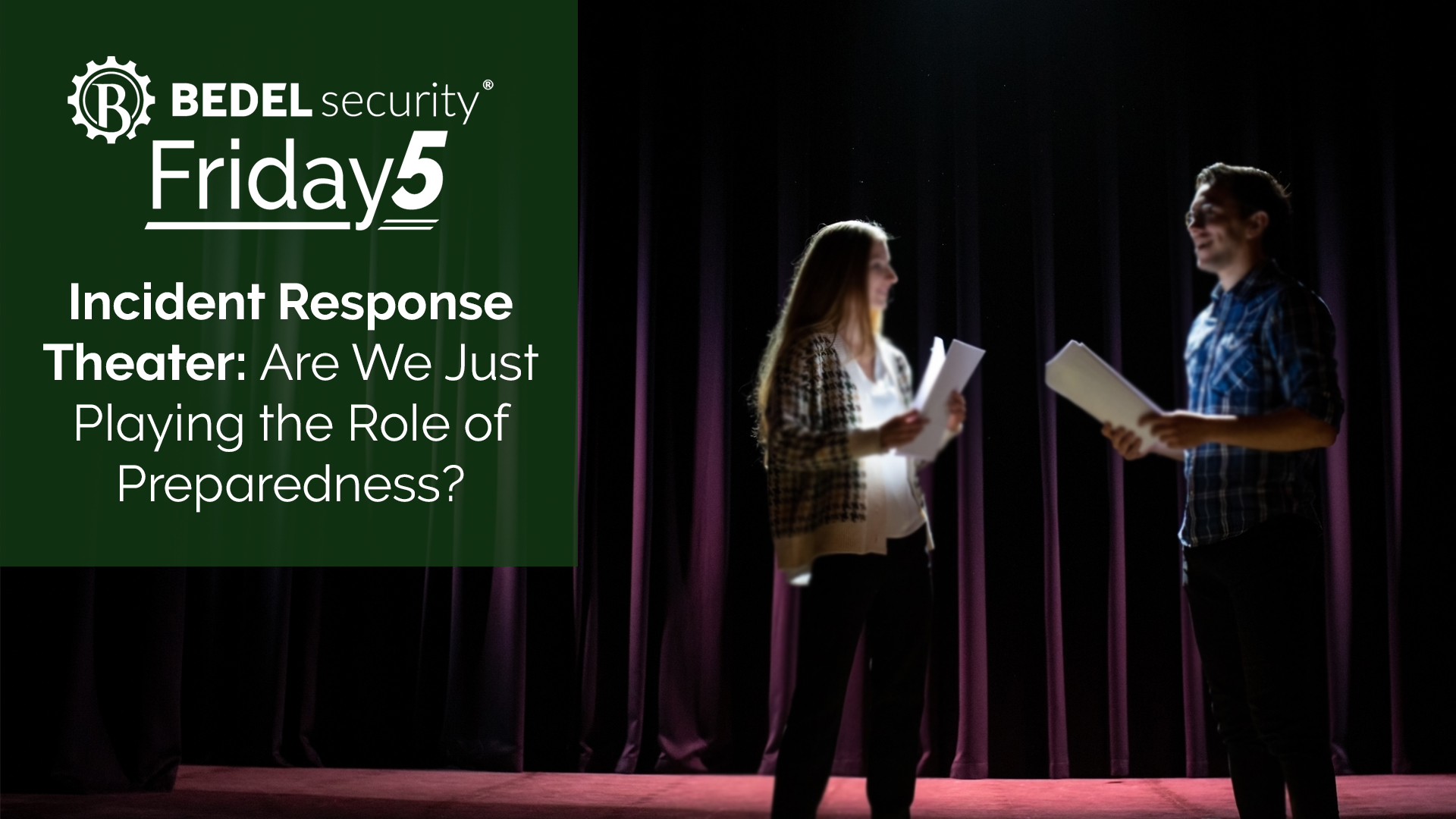Incident Response Theater: Are We Just Playing the Role of Preparedness?
The curtain rises. The scene: a quiet sunny day on the teller line.
2 min read
John Freerksen : Aug 29, 2025

When a security incident occurs in a financial institution, one of the first and most critical steps is categorization. The speed and accuracy of incident classification determine how resources are deployed, which stakeholders are engaged, and how quickly operations can be restored. To bring structure to this process, most incident response plans use risk severity levels—commonly Low, Medium, High, and Critical.
But severity is more than just a label. It’s a balance of two key factors:
Let’s break down each severity level with a lens that a financial institution can adopt as a standard in their incident response framework.
By defining severity levels with clear impact and likelihood criteria, financial institutions can:
Severity classifications should also be tested and refined during tabletop exercises. This ensures that when the next real incident happens, the company isn’t debating severity—it’s acting decisively.
If you are looking for ways to improve your Incident Response Plan or other aspects of your Information Security program, contact us to learn about how our expert team of vCISOs can help.

The curtain rises. The scene: a quiet sunny day on the teller line.

In the rapidly evolving and dynamic business landscape, it is crucial for financial institutions to have and maintain an effective Incident Response...

The worst time to develop an Incident Response Plan for dealing with a security incident is during an actual incident. It’s not a matter of “if” but...